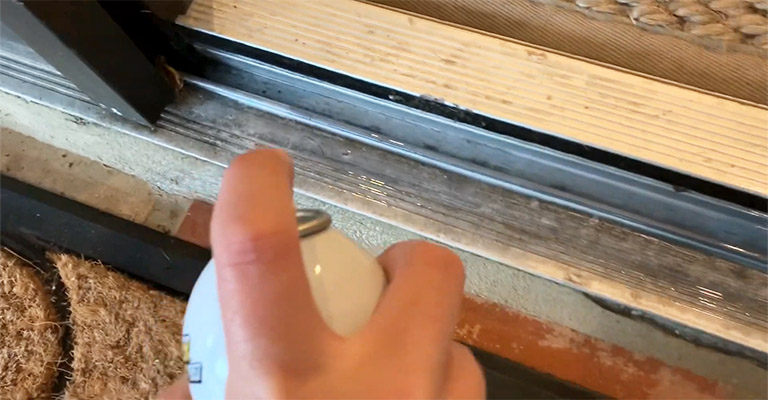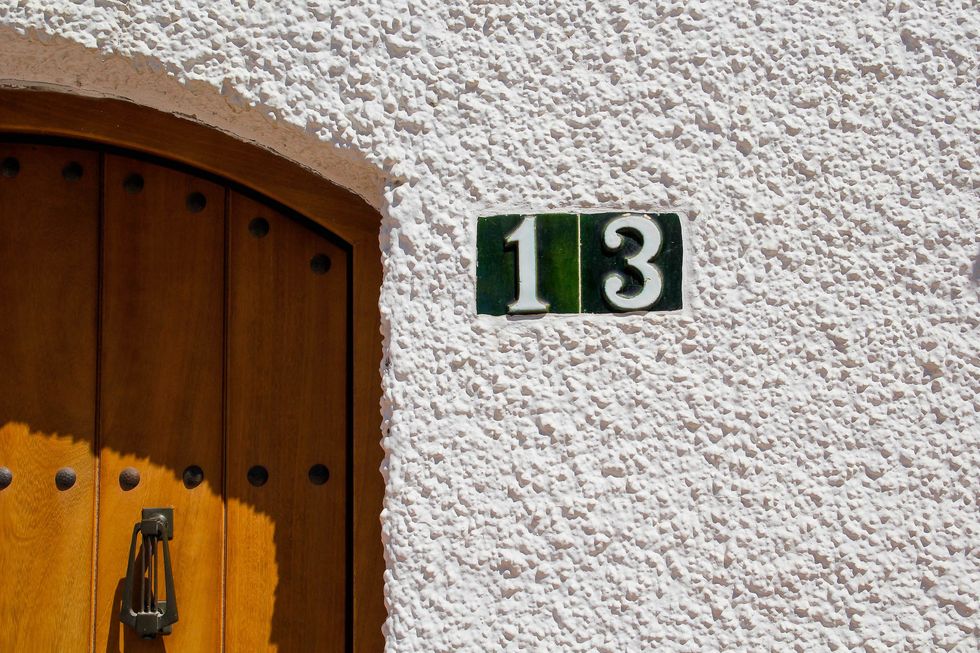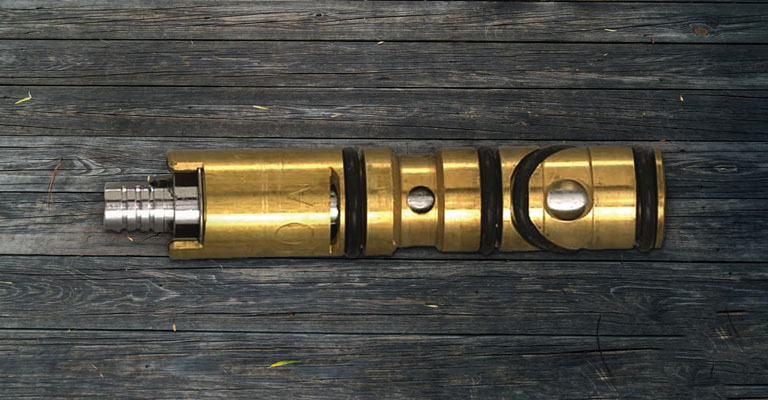How Do Ridge Vents Keep Water Out?
Ridge vents are a type of vent used to direct air and water away from the top of the roof. They are typically installed on the top of a roof and are designed so that water can flow around them.
This is done using a gutter system to direct water away from the ridge vent, usually with an overflow pipe connecting to a downspout. The overflow pipe lets any excess rainwater runoff in a safe, controlled way.
How Do You Keep Rain From Blowing In Through A Ridge Vent?
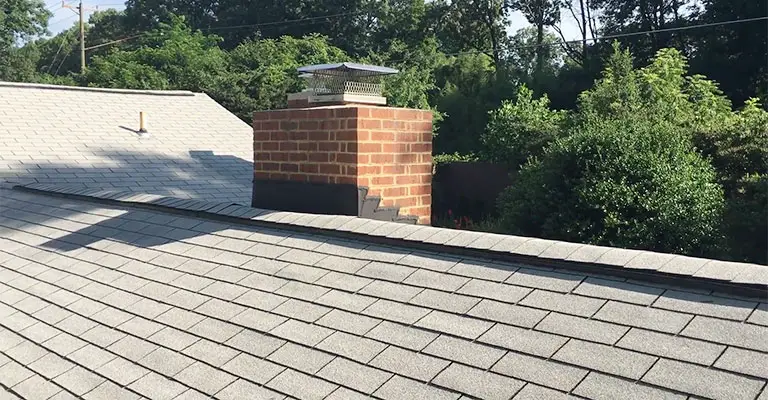
In extreme weather conditions, the flashing at a roof vent can become bent, damaged, or not tall enough to prevent water entry into the vent. In addition, wind-blown rain leaks are common in homes with older-style conventional metal ridge vents in high-wind areas.
When rain blows up to the roof, it overwhelms the rather low (about 1″ high) flange flashing along the lower edges of the ridge vent, causing leaks at the exposed roofing nails nailed down to the vent. Lower-sloped roofs are more likely to suffer from these problems.
Why Do The Vents Leak?
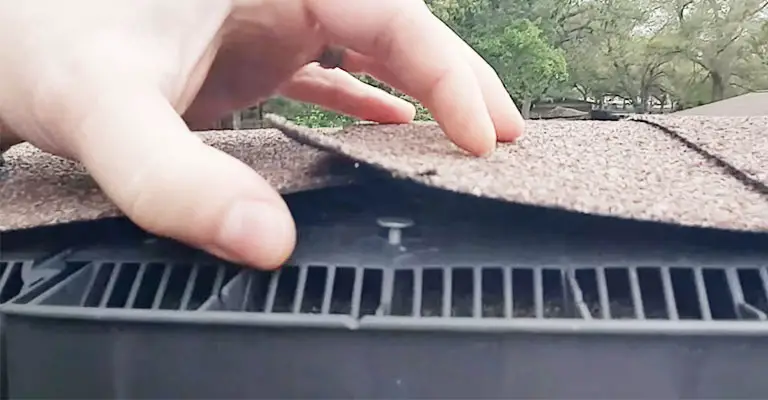
Ridge vents should not leak if they are installed and cared for properly. A leaky vent is caused by improper installation, however. For example, the vents are sometimes installed with the wrong nails or with nails that are too short.
During windy conditions, the loose connection allows the vents to shift, eventually pulling them right off. A 1-1/2-inch overlap should also be maintained between the sections of the ridge vent.
Poor workmanship or inexperienced contractors will fail to overlap the pieces or extend the sections sufficiently, which will eventually cause the vents to leak. A leaky sealant can also cause a leaking roof ridge vent.
The sections of the vent should be sealed continuously with sealant. It is possible for rain to enter the space between the vent and the shingle without sealant. As rain gradually seeps into the attic, it will eventually cause damage.
In the event that you notice that your roof is leaking, the ridge vents could be the cause. Despite this, diagnosing a leaky roof is more difficult than you may think. This is because moisture can enter your roof through various entry points; rain can also enter through these openings.
How To Fix Water Leaking Issues On Ridge Vents?
R ridge vents prevent moisture problems by allowing warm air to escape, but damaged vents can allow wind-blown rain to enter. If rain can enter these vents, how can you prevent it? The following tips will assist you in preventing and repairing leaks caused by your ridge vents.
Improper Roof Installation
Your roof leak may be caused by incorrectly installed ridge vents if the roof was installed by an inexperienced contractor. If your ridge vents aren’t flashed high enough for your neighborhood’s climate, it might be that the flashing isn’t high enough.
You may not have used the right nails, or they aren’t long enough to secure your vents. Your contractor, in this case, should install a new set of fasteners. They must perform a thorough inspection if there are any other installation issues on your roof.
Damaged Flashing
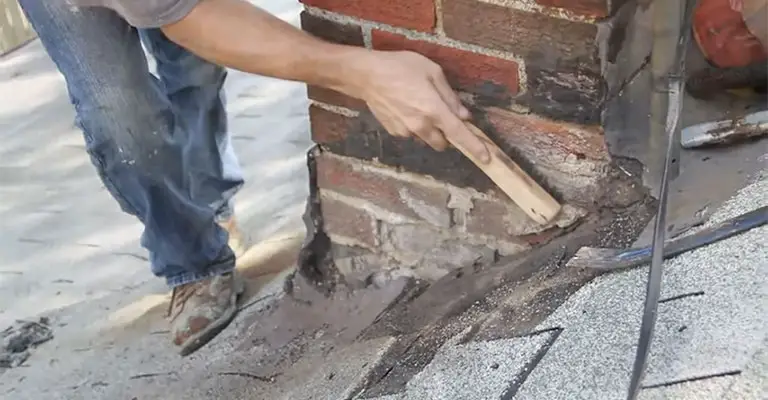
Rain would normally not enter ridge vents because the flashing was designed to prevent wind-blown rain. It is possible, however, for the rain to enter the substrate of your roof if it is damaged or bent.
There are a variety of factors that can cause damage to vents; age is one of them. In addition, roofs will inevitably break down over time, creating opportunities for rain to enter the substrate of the roof.
Hence, a qualified roof contractor should perform periodic inspections and maintenance work on your roof. This will prevent future roof repair costs from ballooning out of control because they will be able to fix relatively minor damage.
Alternative Options
There are several ways to prevent leaks at your roof’s ridge vent during high winds and rain, including:
By adding foam to the vent openings, the wind will be prevented from blowing rain into the house
Ensure that the existing vent flange is tall enough to prevent water from flowing over and into the ridge vent when the wind blows rain “up” the roof. It’s been a successful process for me in several homes.
Choose a model that includes both a “weather filter” and an external water-blocking baffle to prevent wind-blown rainwater from entering the ridge vent, such as CobraVent, CoraVent, or CertatinTeed’s 12″ Filtered Ridge Vent.
After hurricane Ike, FEMA issued a warning about wind-driven rain leaks through roof vents into buildings.
Can Rain Come In Through Roof Vents?
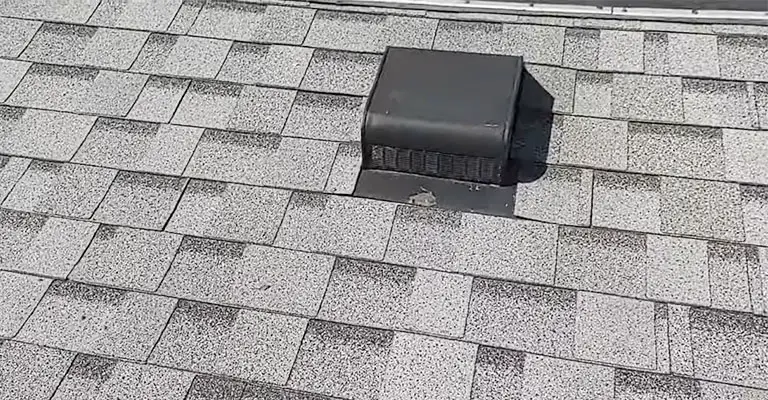
Direct water intrusion is prevented by most air vent styles. For example, it is common for roof air vents to have a mushroom-style hood and uncovered sides that sit fairly flat to the roof. However, there are times when roof vents leak water due to hard rain and whipping winds.
The Bottom Line
Having an adequate amount of fresh air exchange can improve the health of your home by allowing for adequate ventilation in your attic and throughout the house.
Despite being a little more expensive than conventional roof vents, they offer a more even flow of fresh air over time. As well as looking better aesthetically, they keep rodents and other pests away from your house without the need to take other measures to prevent them.
When you schedule an annual roof inspection, you can avoid problems with ridge vents. In addition to evaluating the condition of the ridge vents, the roofing contractor will also look for damaged flashings, worn shingles, and other issues.


